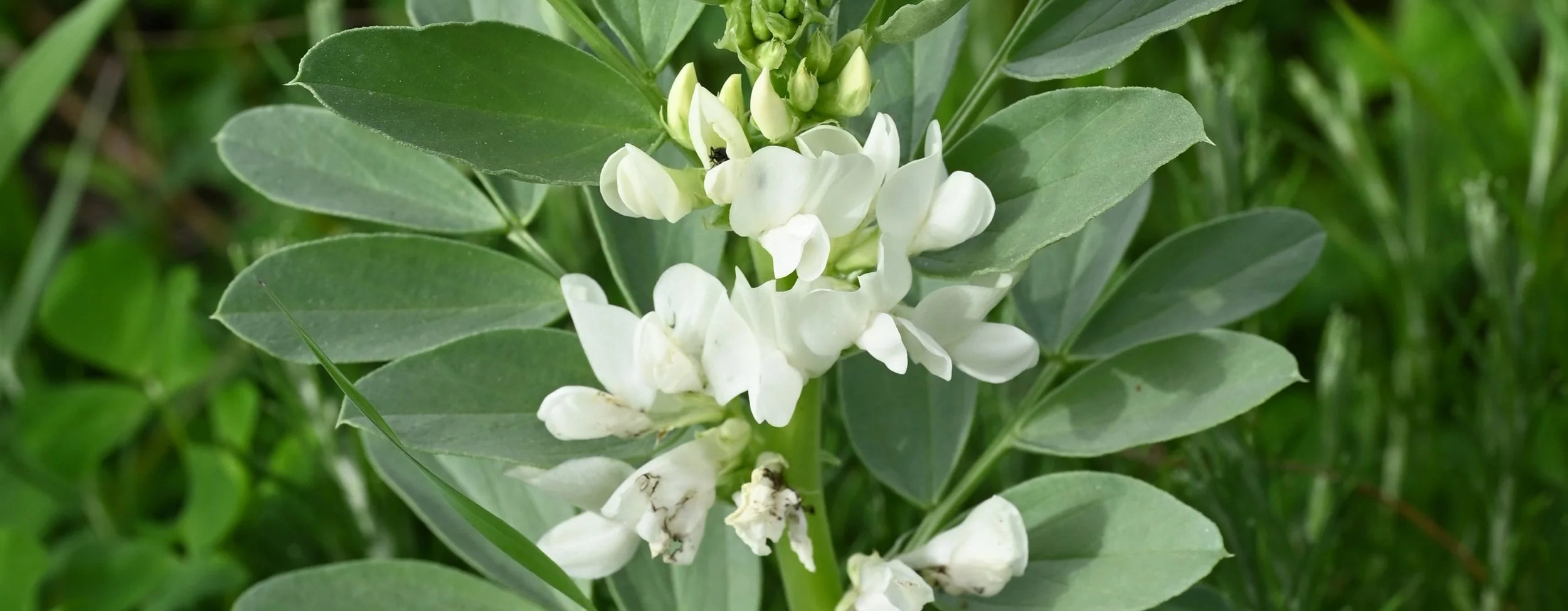Rejuvenate Your Soil (and Yourself) with Fava Beans
If you're feeling a bit burnt out on gardening, you're not alone—and that's okay! Just like people, nature also needs a period of rest and recovery. This autumn is the perfect time to step back from the intensity of the growing season while ensuring your garden's health doesn't take a vacation.
The solution? Plant a cover crop.
A cover crop is the ultimate act of regenerative gardening: it keeps your soil alive, builds fertility, and prevents erosion during the cold months, all while you relax. And when it comes to choosing the right cover crop, fava beans (Vicia faba) are my hands-down favorite.
Why Fava Beans Beat the Competition
Slow to Mature: Fava beans take many months to develop seeds.
Large Seeds: The seeds themselves are so large that it’s nearly impossible to accidentally let them seed on their own and become a self-sown problem the following year. They give you a huge window of time to manage the crop without worry.
Nitrogen Powerhouse: Like all legumes, favas are nitrogen fixers. They work with soil bacteria to pull nitrogen from the air and store it in their root nodules, essentially providing a free fertilizer boost for your next season's crops.
The Key to Successful Fava Cover Cropping
The real magic of the fava bean lies in the timing of its termination. You want to maximize its benefit without letting it set seed. The ideal time to cut down the plant is immediately after it flowers but right before the beans begin to produce pods. When cut at this stage, the fava bean plant provides an abundance of nitrogen-rich green matter—the perfect organic material for soil amendment. You have three excellent options for handling this biomass:
Chop-and-Drop: Cut the plants just below the soil line and let the green matter decompose directly on the soil surface (known as "sheet mulching"). This feeds the microbes and protects the soil. The downside is it may take a few weeks to compost fully.
Turn-In: Chop the plants and lightly turn the green matter directly into the top few inches of your soil to immediately boost organic content and fertility.
Compost separately: Chop the plant just below the soil line and compost separately in a hot or cold compost system. Don’t forget to add carbonaceous material such as dried leaves, hay, straw, sawdust or aged woodchips.

